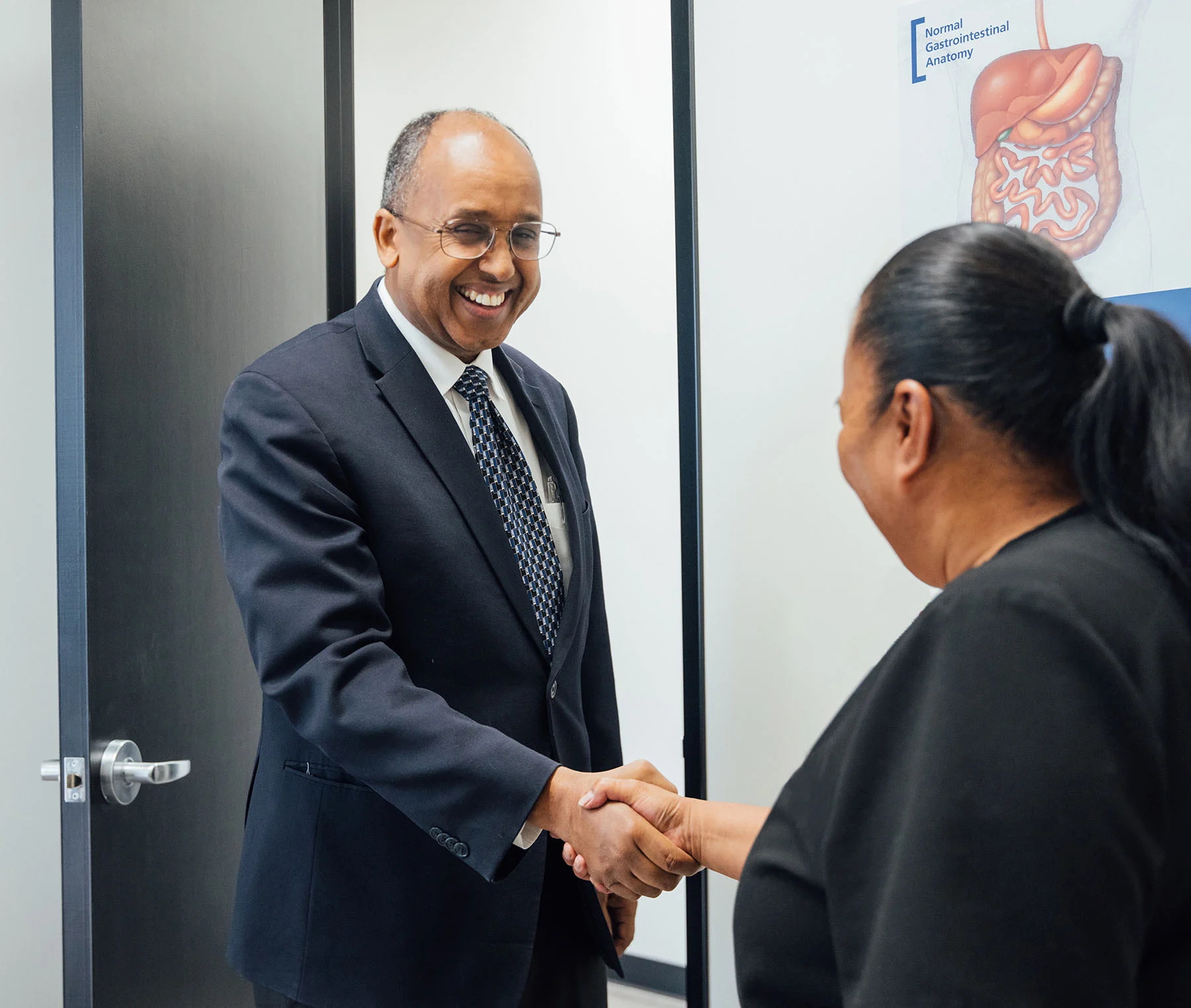Dr. Mustafa Ahmed, MD, FACS, FAACS, is a distinguished, triple board-certified surgeon who specializes in hair restoration at Las Vegas Body Sculpting and Aesthetic. His passion for helping patients restore their hair and confidence drives his commitment to offering the most advanced, effective hair restoration techniques. Dr. Ahmed’s personalized approach ensures that every patient receives a treatment plan tailored to their unique needs, resulting in natural-looking, long-lasting hair restoration.
After earning his medical degree from Ohio State University College of Medicine, Dr. Ahmed completed internal medicine and general surgery residencies. His triple board certification in internal medicine, surgery, and surgical critical care demonstrates his extensive training, which has given him a well-rounded understanding of the technical and aesthetic aspects of hair restoration.
His ability to listen and understand your specific goals sets Dr. Ahmed apart. Whether you’re seeking a subtle improvement or a more dramatic transformation, he designs each treatment to align with your vision. With Dr. Ahmed’s expertise and focus on personalized care, you can trust that your hair restoration experience will be safe, effective, and tailored to achieve the full, natural results you’ve always wanted.





I had my breast aug done by Dr. Ahmed and I am beyond happy with my experience. Dr. Ahmed’s whole team have been nothing short of amazing! This was my first surgery and I was very nervous but Pam and Brittany really took good care of me.